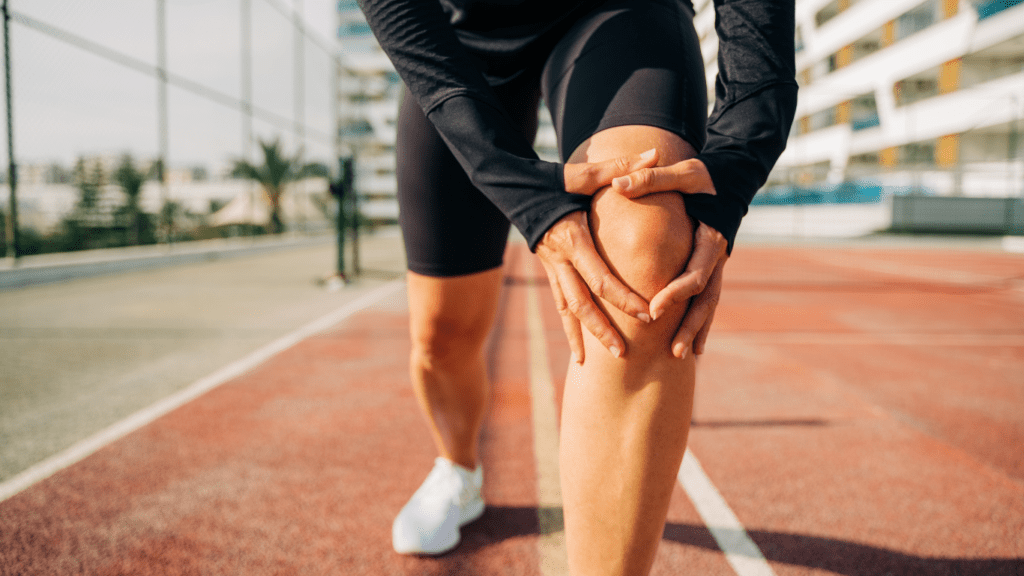Understanding Injury Prevention in Sports
Injury prevention plays a pivotal role in maintaining athletes’ health and enhancing their performance. By understanding the factors contributing to injuries, we can develop effective strategies to minimize risks.
Importance of Injury Prevention for Athletes
Athletes face intense physical demands, making injury prevention crucial for their careers. Protecting them from injuries not only extends their playing life but also optimizes their performance. Proactive measures in prevention reduce medical costs and improve an athlete’s mental well-being. Techniques like biomechanical analysis and strength training are integral parts of these preventive strategies.
Common Types of Injuries in Sports
- Sports often lead to specific injuries that vary by activity and intensity.
- Common types include sprains, fractures, and concussions.
- Sprains affect ligaments and are prevalent in contact sports.
- Fractures occur from impact or stress, frequently seen in high-impact sports like football.
- Concussions, resulting from head injuries, are a significant concern in sports like soccer and rugby.
By identifying these common injuries, preventive measures can focus on the specific needs of athletes in different sports settings.
Recent Technological Advances
Injury prevention in athletics has taken a significant leap with recent technological advances. These innovations offer precise monitoring and increased protection for athletes, helping reduce injury risks.
Wearable Technology and Monitoring
Wearable technology offers substantial benefits in monitoring athlete health and performance. Devices like fitness trackers and heart rate monitors collect real-time data, allowing for detailed analysis of an athlete’s physical state.
Coaches and medical staff use this data to identify stress markers and signs of fatigue, promoting timely interventions. Wearables also assist in tracking biomechanical movements, which helps optimize training routines and reduce strain-related injuries.
Innovative Protective Gear
Innovative protective gear enhances athlete safety by integrating advanced materials and design. Helmets with impact sensors provide crucial data on head impacts, reducing the risk of concussions.
Smart textiles, which adapt to environmental conditions, improve comfort and decrease overheating during intense activity. Such gear not only cushions athletes against physical traumas but also boosts confidence, allowing them to perform at peak levels without fear of injury.
Training and Conditioning Programs

Training programs play a crucial role in preventing sports injuries. Conditioned athletes lower their injury risk and boost performance through structured routines.
Role of Strength Training
Strength training builds muscle resilience and joint support, vital for injury prevention. Athletes, like:
- runners
- basketball players
benefit from increased muscle strength, which protects against strains and sprains (source: National Strength and Conditioning Association). Regular weight resistance exercises, such as squats and deadlifts, enhance muscular endurance and stability.
Flexibility and Mobility Exercises
Flexibility and mobility exercises enhance range of motion, crucial for athlete safety. Stretching routines, including dynamic and static stretches, reduce injury incidence by preparing the body for physical activity (source: American College of Sports Medicine). Improved mobility helps athletes, such as gymnasts and soccer players, perform efficiently and minimizes the risk of muscle and tendon injuries.
Nutrition and Recovery Strategies
Addressing nutrition and recovery effectively enhances injury prevention for athletes. Proper hydration and innovative recovery supplements play significant roles in this process.
Importance of Proper Hydration
Maintaining hydration optimizes athletic performance and aids recovery. Dehydrated muscles risk increased cramping and strain. For optimal function, athletes consume fluids pre, during, and post-activity, employing electrolyte-rich beverages to replenish essential minerals. This strategic fluid intake reduces the likelihood of heat-related illnesses and supports metabolic processes crucial for recovery.
Advances in Recovery Supplements
Recovery supplements offer targeted support to athletes post-exercise. Protein powders and branch-chain amino acids (BCAAs) accelerate muscle repair and decrease soreness. Recent advancements feature adaptogens like ashwagandha, which modulate stress responses, and tart cherry juice, lauded for reducing inflammation and enhancing sleep quality. By integrating these supplements, athletes improve recovery times, enhance overall performance, and reduce injury susceptibility.
Psychological Approaches to Injury Prevention
The mental aspect of sports plays a crucial role in injury prevention. Integrating psychological methods enhances athletes’ mental resilience and helps maintain optimal performance levels.
Mental Health Support for Athletes
Providing mental health support ensures athletes cope with the psychological pressures of competition. Dedicated sports psychologists offer tailored strategies to manage anxiety, depression, and performance concerns. Regular mental health check-ins create a supportive environment, promoting transparency about mental challenges that might impact physical health. By addressing psychological issues early, the risk of stress-related injuries decreases.
Stress Management Techniques
Effective stress management techniques provide athletes tools to handle the high-stress nature of competitive sports. Mindfulness exercises like meditation and deep breathing promote relaxation, helping athletes focus and alleviate tension. Cognitive-behavioral strategies teach athletes to reframe negative thoughts, enhancing their coping mechanisms. Consistent application of these techniques reduces stress-related injury risks and boosts overall performance stability.
